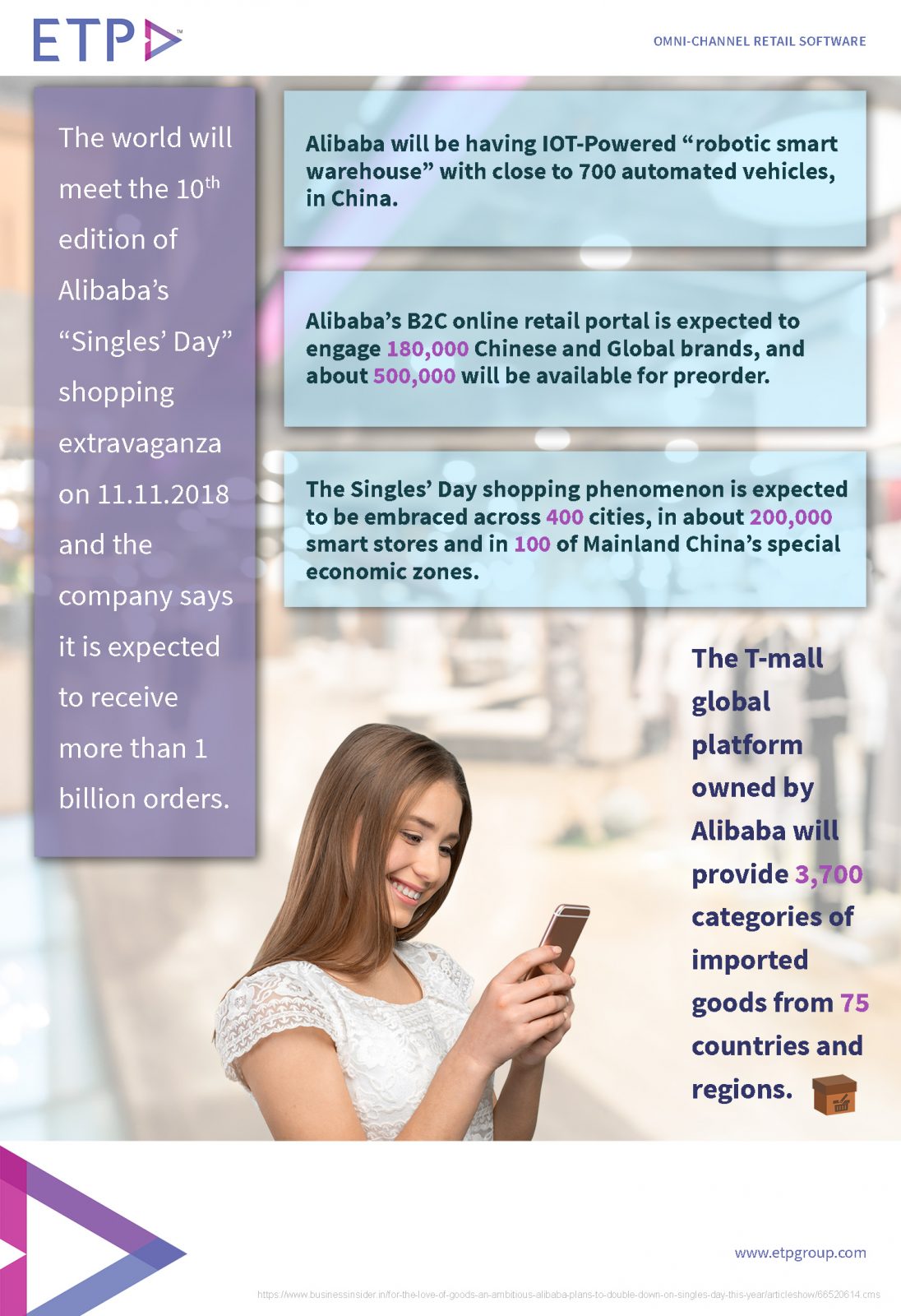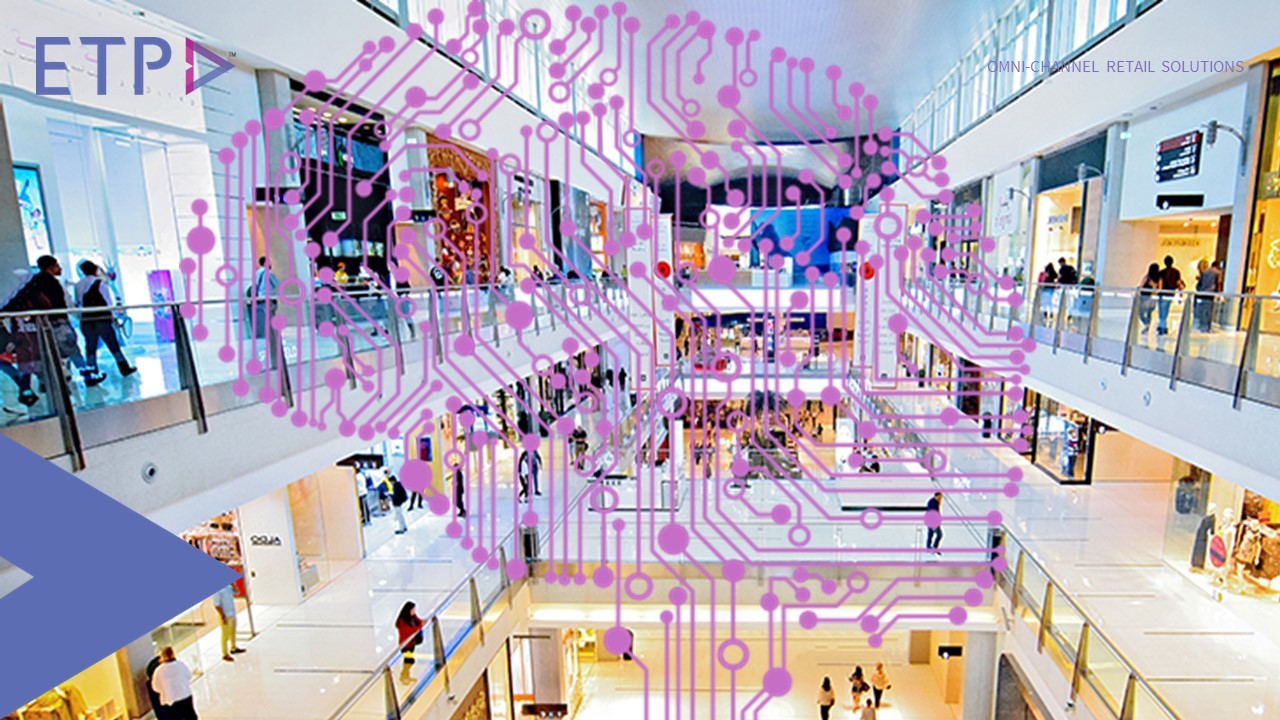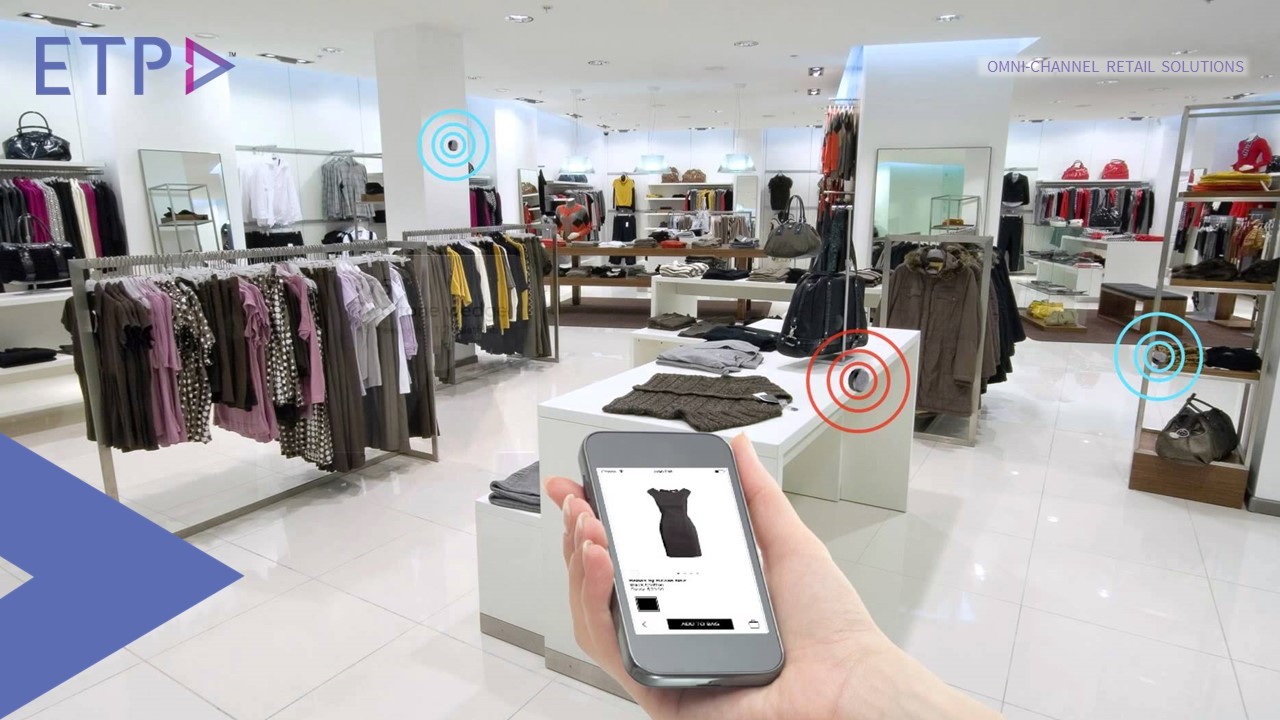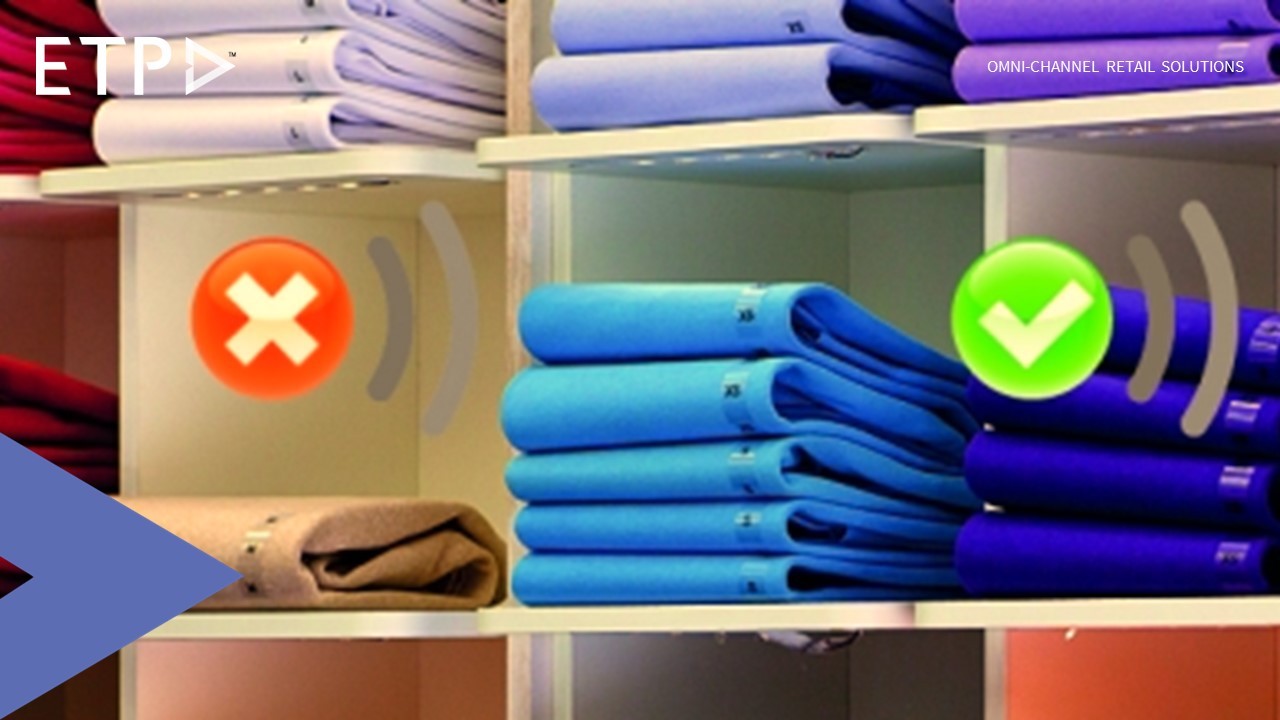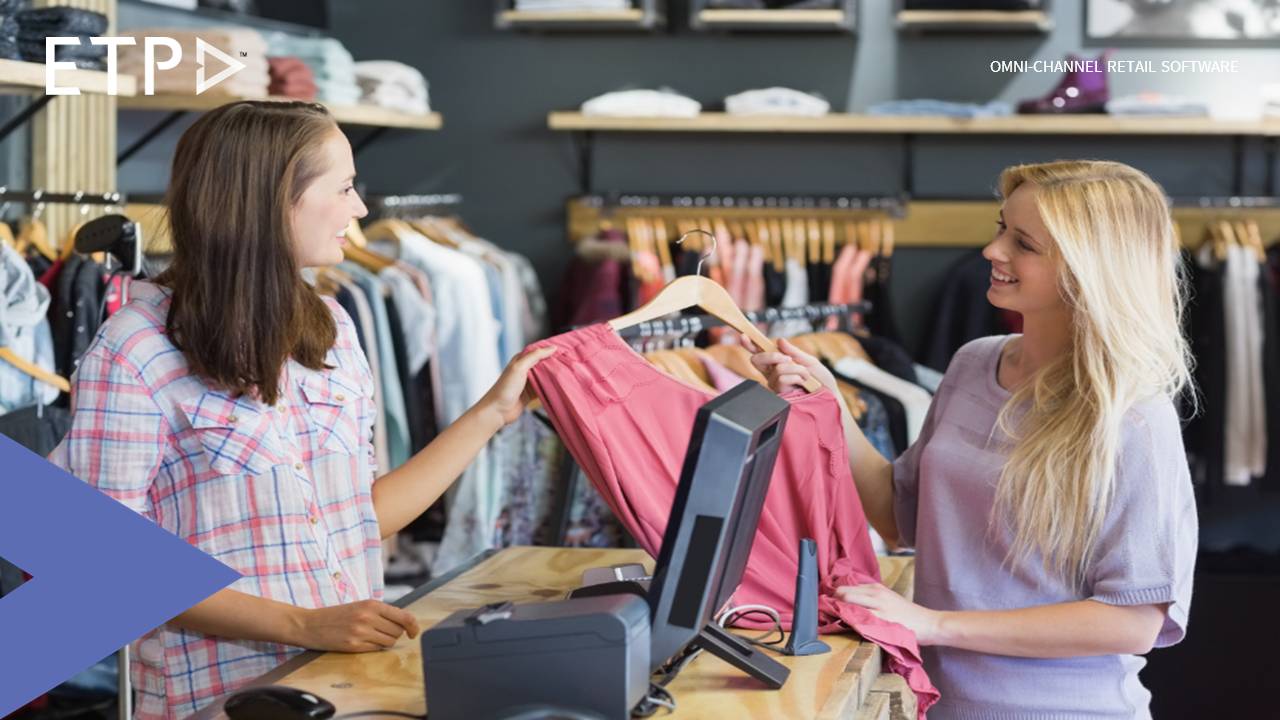
While everyone is enjoying the festive season frenzy, and eagerly awaiting the New Year with hope and aspirations, it is time for businesses to retrospect and set objectives for the future. Retail businesses, specifically, are more consumer driven. Therefore, it becomes essential to be intuitively proactive in gearing up for what lies ahead while striving to outperform the previous year.
It’s a given that technology will continue to play a major role in the New Year as it did in 2018 and the years gone by. Being an enabler, and also a disruptor, technology will see itself getting strongly embedded into the very genes of retail businesses and will drive the engine. And this is perfectly evident in the prediction by Gartner analysts who say that retailers’ investment in technology will grow by 3.6% globally in 2019 as customer expectations will put pressure on them to perform.
Further, Gartner mentioned that software would be one of the fastest growing technology expenditures in the retail industry, especially platforms for analytics, mobile applications, digital marketing, e-commerce and Artificial Intelligence (AI) increasingly becoming areas of interest for retail CIOs. By these predictions it is clear that technology will be the driving force for retail businesses in 2019.
The next thing in retail that is set to make the waves in 2019 and the years following would be the rise of brick-and-mortar retailing. As global sales of physical retail went up by 4.8 in 2018 and there were more stores being opened than closed, the trend will seem to continue. Even large online players like Amazon have started their own physical stores or are buying out other stores. As physical stores are evolving and are becoming destinations for experiences and not just limited to transactions, customers will continue to flock to the stores to enjoy these curated experiences.
Eventually, retail is no more about the channel, but it is about the consumer. Ultimately, the integration of technology and the business in the right manner will ensure that customers get what they want while businesses achieve their goals in the New Year 2019.

